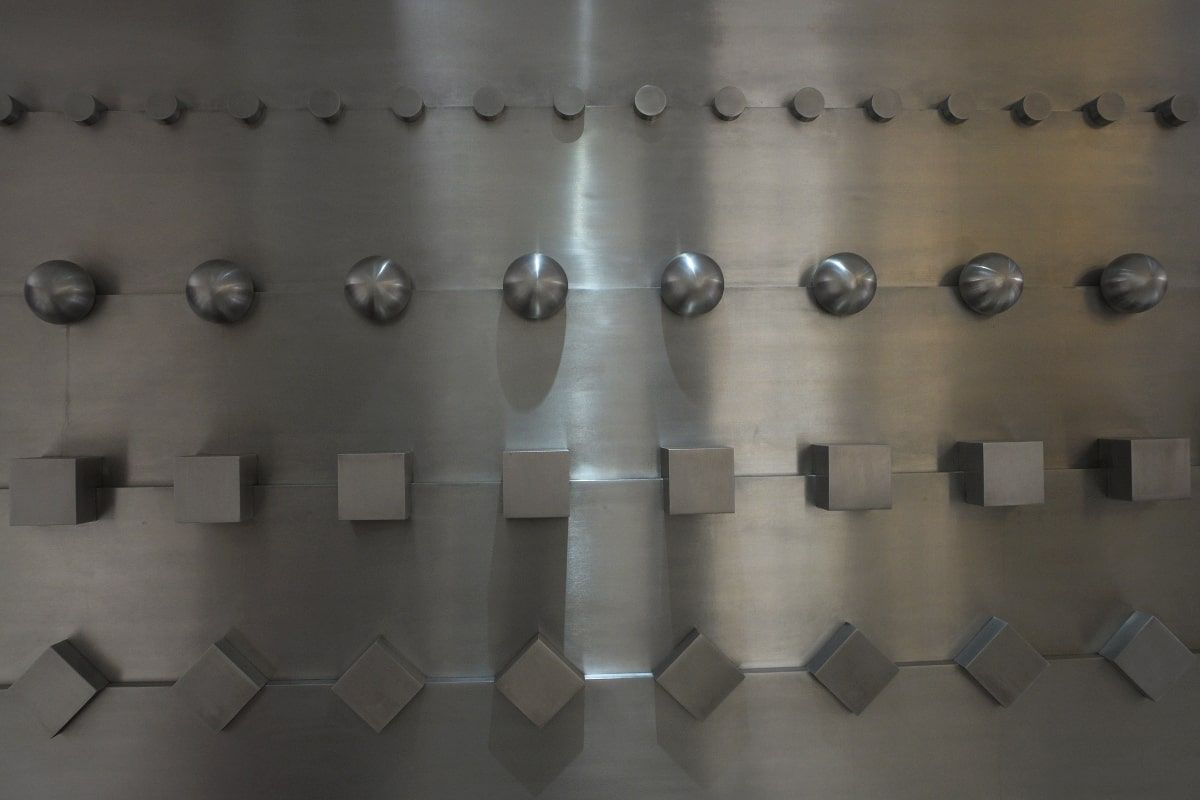Sculpture-mural Geometric Chart by Vicente Rojo at the Institute of Engineering
This sculpture-mural was designed by Vicente Rojo to commemorate the 50th anniversary of the Engineering Institute; it was inaugurated on August 31, 2007. Relief with five levels that form a kind of pentagram.





